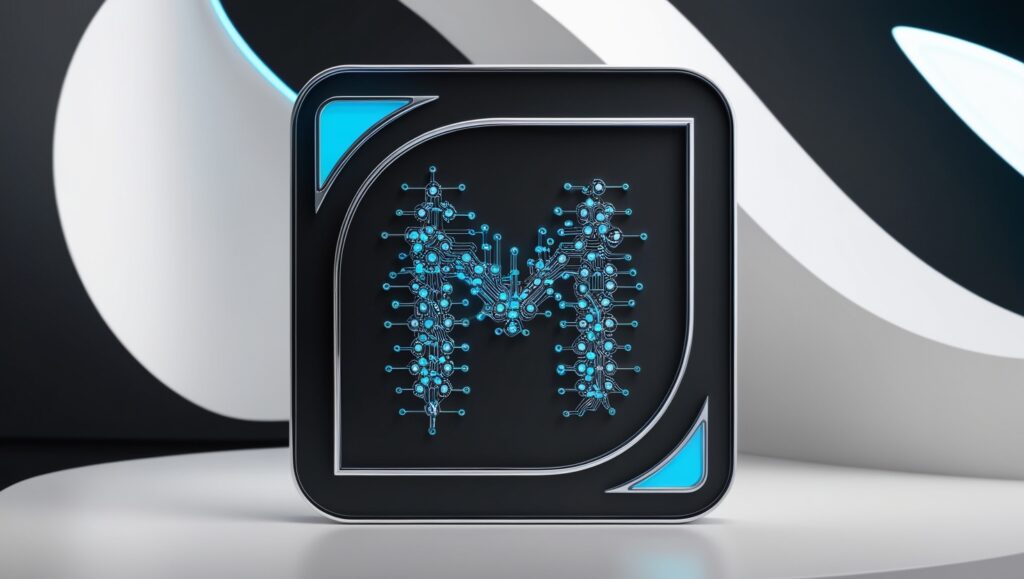In today’s digital age, icons are essential elements that enhance user experience and visual communication. Among the various icons used across platforms, the “Meta Icon 280×280” has garnered attention for its unique dimensions and applications.
The Evolution of Icons in Digital Design
Historical Context of Icons
Icons have been part of digital design since graphical user interfaces (GUIs) were introduced in the 1980s. Initially, these symbols served as simple visual representations of actions or applications. Over time, they evolved in complexity and design.
The Rise of Custom Icons
The demand for custom icons has surged in recent years, driven by the need for brands to establish unique identities. Custom icons, like the Meta Icon 280×280, allow businesses to communicate their values and enhance their branding efforts. These icons serve not only as functional elements but also as powerful tools for storytelling.
What is the Meta Icon 280×280?
Definition and Specifications
The Meta Icon 280×280 is a digital icon with specific dimensions of 280 pixels by 280 pixels. This square format is designed to be versatile and visually appealing across various digital platforms, including websites, mobile applications, and social media. The dimensions offer a balanced aspect ratio, making it suitable for large displays and smaller interfaces.
Design Features
The Meta Icon 280×280 is characterized by its clean lines, vibrant colors, and modern aesthetics. Designers often use minimalistic approaches, focusing on clear communication without overwhelming the user. The size allows for intricate designs while remaining legible and easily recognizable.
Importance of Iconography in Digital Communication
Enhancing User Experience
Icons are crucial in user experience (UX) design by providing intuitive navigation cues. Users often rely on visual symbols to understand functionality quickly. The Meta Icon 280×280, with its clarity and distinctiveness, can significantly enhance user engagement by making interfaces more accessible and enjoyable to navigate.
Supporting Brand Identity
Icons are integral to branding strategies, serving as visual ambassadors for companies. The Meta Icon 280×280 can embody a brand’s ethos and values, fostering user recognition and loyalty. By aligning the design of the icon with the overall brand aesthetic,

Applications of the Meta Icon 280×280
Social Media Integration
Social media platforms rely heavily on iconography for their interfaces. The Meta Icon 280×280 can be effectively utilized for profile pictures, promotional posts, or app icons, helping brands stand out in crowded feeds. Its dimensions suit platforms that favor square images, ensuring a consistent and polished appearance.
Mobile Application Development
In mobile app design, the Meta Icon 280×280 is a popular choice for application icons. The square format ensures the icon displays well on various devices, maintaining clarity regardless of screen size. A well-designed app icon can significantly influence download rates and user retention, so choosing an appropriate icon is critical for developers.
Web Design
In web design, the Meta Icon 280×280 can enhance user interfaces by acting as buttons or indicators. Its size allows for detailed designs that can communicate complex ideas succinctly. Whether used in navigation menus, call-to-action buttons,
Best Practices for Designing Meta Icons
Understanding Your Audience
When designing the Meta Icon 280×280, it’s crucial to consider the target audience. Understanding their preferences, cultural nuances, and expectations can guide the design process, ensuring the icon resonates well with users. Engaging with user feedback during the design phase can lead to more effective outcomes.
Maintaining Simplicity
While it can be tempting to create intricate designs, simplicity is often more effective. A cluttered icon canconfuse users rather than guide them. The Meta Icon 280×280 should prioritize clarity, ensuring the design communicates its intended message quickly and effectively.
Ensuring Versatility
The Meta Icon 280×280 should be versatile across different platforms and contexts. Designers should consider how the icon will look in various sizes and backgrounds, ensuring its integrity and recognizability.

Consistency with Branding
The design of the Meta Icon 280×280 should align with the overall branding strategy. Colors, typography, and style should reflect the brand’s identity, creating a seamless user experience. Consistency across all visual elements strengthens brand recognition and fosters trust.
Tools for Creating Meta Icons
Graphic Design Software
Several graphic design tools are available for creating the Meta Icon 280×280. Software such as Adobe Illustrator and Affinity Designer offers powerful features for vector graphics, making it easier to design scalable and high-quality icons. These tools allow designers to experiment with colors, shapes, and textures, leading to innovative icon designs.
Online Icon Generators
Online icon generators can provide a user-friendly alternative for those needing more extensive design skills. Platforms like Canva and Figma allow users to create icons using templates and pre-made elements. These tools can help streamline the design process, making it accessible to a broader audience.
Challenges in Icon Design
Maintaining Visual Clarity
One of the primary challenges in icon design is ensuring visual clarity at smaller sizes. As the icon is scaled down for various applications, details can become lost, affecting its recognizability. Designers must balance intricate designs and simplicity to ensure the icon remains effective in all contexts.
Adapting to Different Platforms
Different platforms have varying requirements for icon dimensions and file types. The Meta Icon 280×280 may need to be adapted for specific use cases, such as responsive web design or app stores. Keeping up with these changes can be challenging, requiring designers to be flexible and adaptable.

Balancing Creativity and Functionality
While creativity is essential in icon design, it should not come at the expense of functionality. The Meta Icon 280×280 must communicate its intended purpose clearly and be visually appealing. This balancing act can be difficult,
Conclusion
The Meta Icon 280×280 represents a design, functionality, and branding fusion. Its unique dimensions and modern aesthetic make it a valuable asset in digital communication. By understanding its significance and applications, designers and brands can effectively leverage this icon to enhance user experience and strengthen their visual identity.

